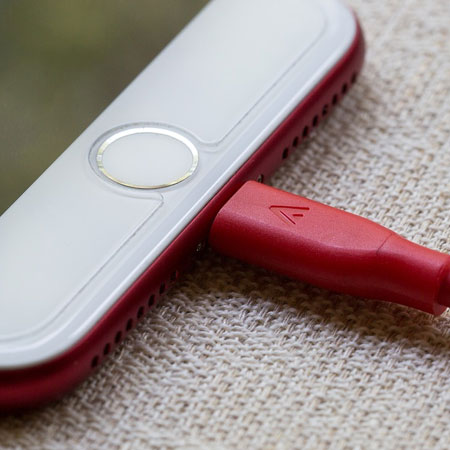The Power's Out - What Now?
Load shedding is here to stay, at least for the next year and a bit, so are you prepared for when the lights go out?
07/02/2020
https://pinterest.com - 477663104226559503/
I have become so used to the sound of gennies starting up that it has almost become 'white noise' when the power goes out. Seems like all my neighbours have caught on that load shedding is here to stay - at least for the next 18 months.
But many people get caught in the dark when the power goes out, especially since Eskom cannot even get the load shedding schedule sorted out, or when their local substation trips the switch or needs emergency repair. This article offers some load-shedding lifesavers - items you need in a safe place that you can grab when the lights go out.
Keep the Gennie On
You've got the gennie, now you need to ensure you have all you need to power your house from the gennie. This will include some long extension lead and adaptors - if you have items with 2-pin plugs. Buy extension leads that will run from the gennie to where you need to connect household items and appliances. And make sure you keep within the wattage supplied by the gennie. If you're not sure about this, find out or ask when you buy the unit.
I have two gennies in my house - a 1600W that powers my electronic equipment, TV and other related (and sensitive) items. This gennie is an inverter as well, which means my appliances and electronics won't be harmed by unregulated voltages. The second gennie provides 3000W and is used for extended outages to power up the fridge, run the microwave or let me use my corded power tools.
You will also need a jerry can or two to store petrol to fill up the gennie. With most load-shedding up to 4 hours in length, you want to make sure you have enough petrol or fuel to keep you topped up for the week.
Buy a small or large jerry can to store fuel for your generator. I like to buy when the petrol price comes down and keep in storage until I need it.
You will need a couple of long (3 metre) extension leads to accommodate appliances or equipment you want to plug in.
Adaptors are especially important if you have both 3-pin and 2-pin equipment and appliances to want to run from the gennie.
Light Sources
The next thing you will need is some rechargeable or solar-powered lights, placed conveniently so that you can easily grab them when load-shedding occur. These will light up your way to setting up the gennie and placing the extension leads and adaptors where you need them.
I still have a few Consol Solar Lamps that I bought quite a few years ago and they have never let me down and come in very handy when the lights go off. A torch or two will also suffice to lighting the way until you can set everything up and switch on the gennie.
Tork Craft offers a fantastic selection of rechargeable lights that work great in your garage or your home and ensure you're never left in the dark, as well as a wide range of LED and work torches.
Always on Charge
It's important to make sure your cellphones are always fully charged in case of emergency, and any other items that require charging that you use a lot. In my case, it's my Kindle. If I'm going to be relaxing and enjoying the down-time, I might as well read a good book while I'm doing it! A great investment is a power bank - one that you keep fully charged that let's you recharge your cellphone, etc.
Liquid Refreshment
With load-shedding taking place in the mornings and evenings, having a flask of hot water on hand will let you make a hot cuppa or two and not be inconvenienced. I make it a habit to boil a flask of water every morning for just in case, and then re-heat this during the day so that I always have a flask of hot water.








